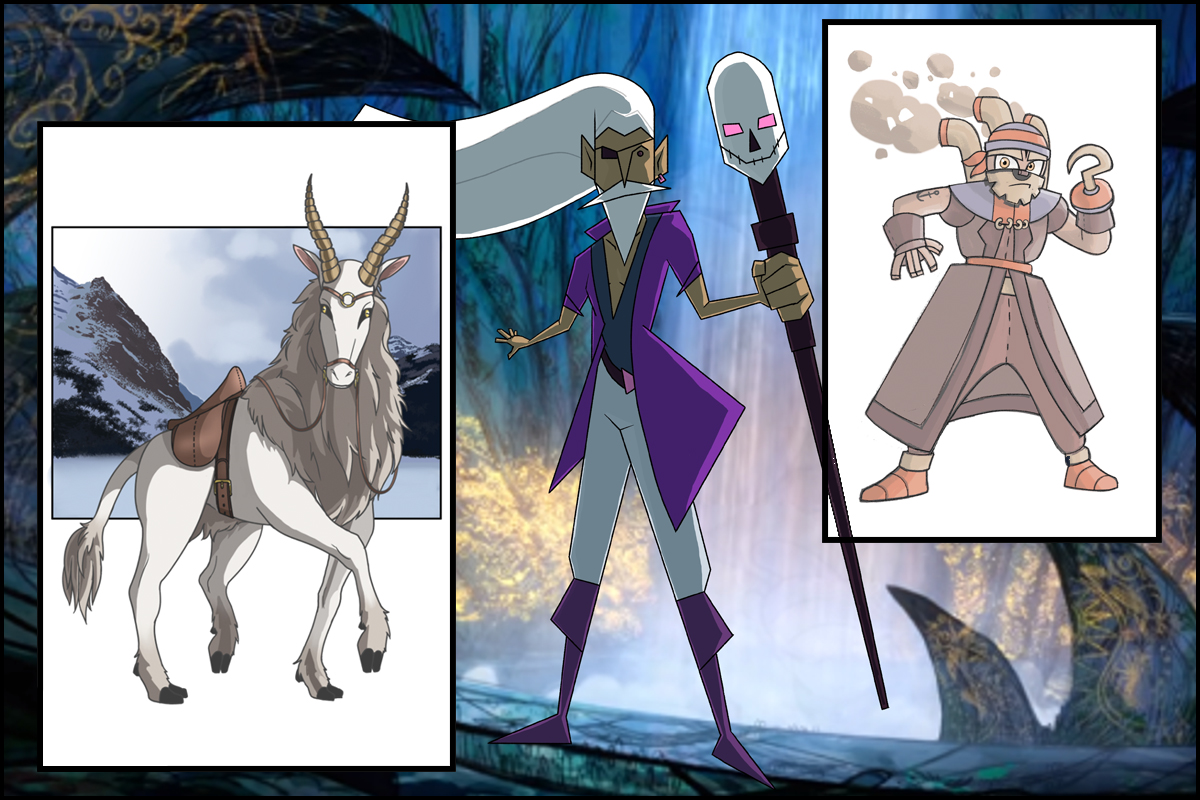DGM: The 2D Animation Track


Character Development artwork by Alyssa Peterson, Matthew Gasser, and Aiden Powell.
Right now, the Animation and Game Development degree is growing into three separate tracks. The individual areas of emphasis will be Game Development, 3D Technical Direction, and 2D Animation. In this post, the 2D Animation track is featured. Over the next couple of months, the Game Development track and 3D will be outlined here.
The keys to this discipline are aesthetics and animation. We will be drawing a lot and animating a lot. Most of the classes in this track will be taught face-to-face, but a few may be streamed online.
The focus in this emphasis will be on contemporary 2D animation, using 3D props and backgrounds.
Objectives for the course work includes:
The work being produced and distributed by both networks and streaming services today is done using cut-out methods. Called the Canadian system, it is the most efficient used in industry today.